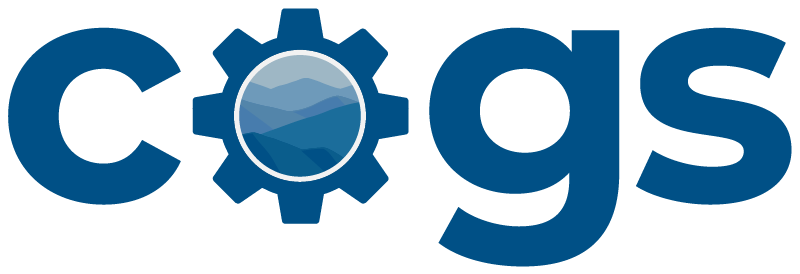Mailchimp Automated Welcome Emails
Enhance your customer relationship management with our CRM Workflow Automation template tailored for Mailchimp Welcome Email campaigns. This tool automates key CRM tasks including data entry, customer segmentation, and communication workflows. Utilizing this with Mailchimp ensures improved efficiency and customer engagement, particularly for small sales and marketing teams. Optimize your sales funnel with a high level of accessibility and customization.
Enhance your customer relationship management with our CRM Workflow Automation template tailored for Mailchimp Welcome Email campaigns. This tool automates key CRM tasks including data entry, customer segmentation, and communication workflows. Utilizing this with Mailchimp ensures improved efficiency and customer engagement, particularly for small sales and marketing teams. Optimize your sales funnel with a high level of accessibility and customization.
Enhance your customer relationship management with our CRM Workflow Automation template tailored for Mailchimp Welcome Email campaigns. This tool automates key CRM tasks including data entry, customer segmentation, and communication workflows. Utilizing this with Mailchimp ensures improved efficiency and customer engagement, particularly for small sales and marketing teams. Optimize your sales funnel with a high level of accessibility and customization.
Bottlenecks Solved:
- Reduces manual data entry and ensures data accuracy.
- Automates customer segmentation for targeted marketing efforts.
- Streamlines communication workflows for timely customer engagement.
Labor Costs Saved:
Approximately: $10,000
Hours Saved Weekly:
15-20 Hours
What You’ll Receive:
- Full set-up video(s) for using Mailchimp in conjunction with other tools.
- Access to the template link or a full build tutorial video.
- Comprehensive set-up video for the automation processes in question.
- Onboarding assistance from our experts for integrations that exceed 5 hours.
Automation Setup:
Setting up this automation typically requires around 15 hours, considering the complexity involved in integrating Mailchimp with various CRM workflows and ensuring seamless data flow.
Necessary Tools:
- Mailchimp: For managing email campaigns and customer engagement.
- Zapier: A no-code automation tool to streamline integrations between different business applications.
- CRM software (varies): Helps in managing customer data and interactions.
- Email marketing tools: Essential for creating and managing the email campaigns.
- Productivity tools: Ensures that the integration and data management tasks are handled efficiently.
Automation Workflow:
This automation uses Zapier to link Mailchimp with your CRM software. New subscribers are automatically captured and segmented based on predefined criteria. Custom welcome emails are then generated and sent, ensuring timely engagement. The entire workflow enhances data accuracy and customer interaction by leveraging real-time data updates and automated communication processes.
Disclaimer: Please give us 3 days to package your automation. All automations require subscriptions to various software such as marketing tools, automation management software, or AI API which may include additional monthly costs.
Optional Services:
Expert Set-Up: Our COGS team offers personalized setup assistance to ensure your automated welcome emails are perfectly tailored to your brand and objectives.
Expert Management: Opt for monthly management by our COGS team to keep your email sequences optimized and performing at their best.


